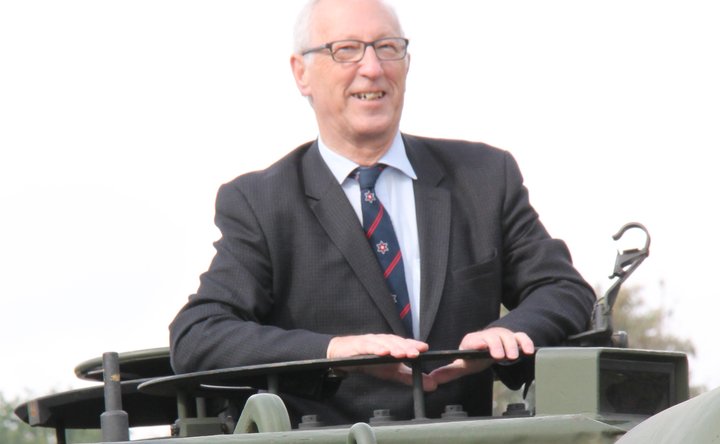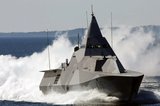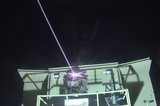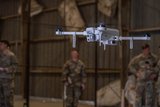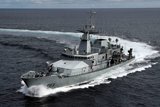BAE Systems invests in next-gen 155mm ammunition
The 155mm Next Generation Adaptable Ammunition is being developed by BAE Systems for home and export markets. (Image: BAE Systems)
BAE Systems is using internal R&D funding to develop 155mm Next Generation Adaptable Ammunition to meet potential requirements in home and export markets.
Details of this new development were provided in late July at the Future Indirect Fires conference in Bristol by Muneebah Suleman, business development manager, and Ben Worrall, engineering manager – future artillery, in the Land business unit at BAE Systems.
The 155mm thin-walled projectile under development has a more streamlined design and is filled with Next Generation Polymer Bonded Explosive (PBneXt) which is claimed would give 'an enhanced effect on the target'.
This high-explosive (HE) content is insensitive munition (IM)-compliant and
Already have an account? Log in
Want to keep reading this article?
More from Defence Notes
-
![What will next-gen counter-UAS capabilities for the US look like?]()
What will next-gen counter-UAS capabilities for the US look like?
Future US counter-uncrewed aerial system solutions are likely to require a flexible, multi-layered approach to tackle a broad spectrum of new threats as they emerge.
-
![Elbit Systems awarded $2.3 billion contract as results soar]()
Elbit Systems awarded $2.3 billion contract as results soar
The company’s order backlog as of 30 September totalled $25.2 billion and more than a third of this is scheduled to be fulfilled before the end of 2026.
-
![US military foresees growing use of 3D printing]()
US military foresees growing use of 3D printing
Advanced manufacturing has evolved to meet military requirements and now supports multiple US critical assets, including Arleigh Burke-class destroyers, F-18, F-22, F-35, Bradley, HMMWV and Patriot.
-
![Irish Naval Service expands as the country looks to defence during EU presidency]()
Irish Naval Service expands as the country looks to defence during EU presidency
The Irish Naval Service has struggled to maintain capability, particularly in the face of lucrative private sector offers luring away personnel.
-
![Resilience, adaptiveness and collaboration vital for success in space (Studio)]()
Resilience, adaptiveness and collaboration vital for success in space (Studio)
Speakers at the Defence In Space Conference (DISC) 2025 highlighted the critical and evolving role of space in national security, defence and the global economy.








